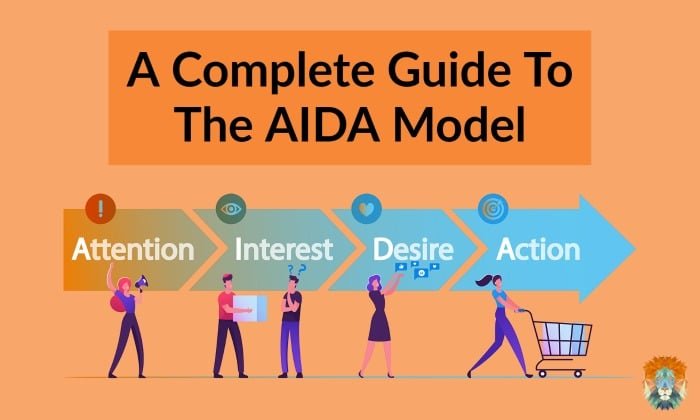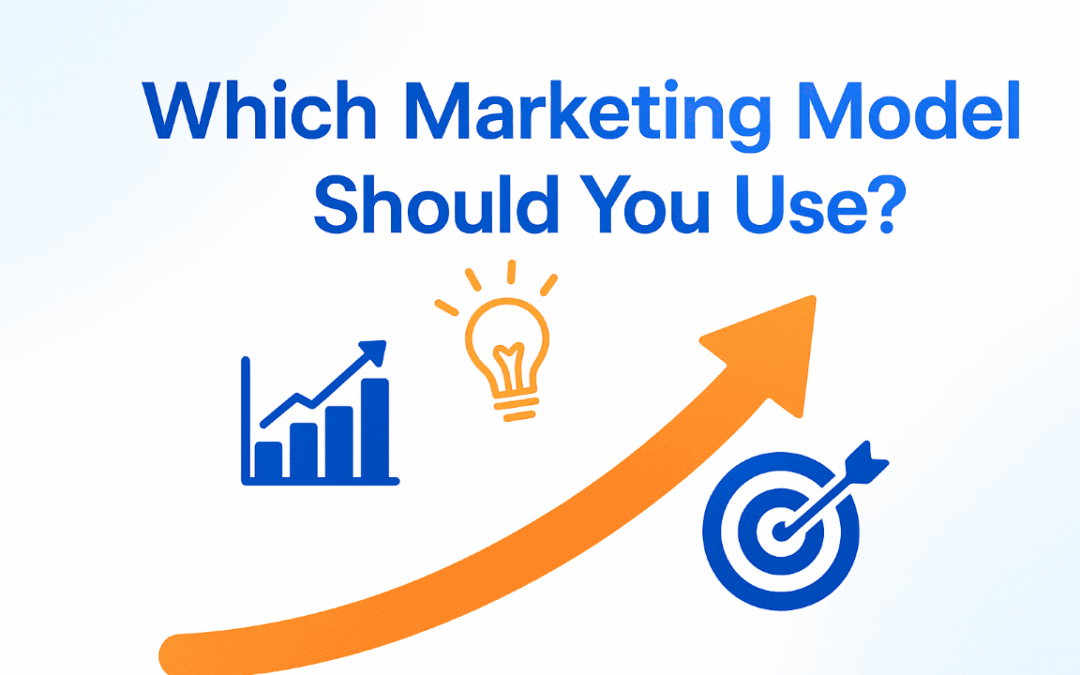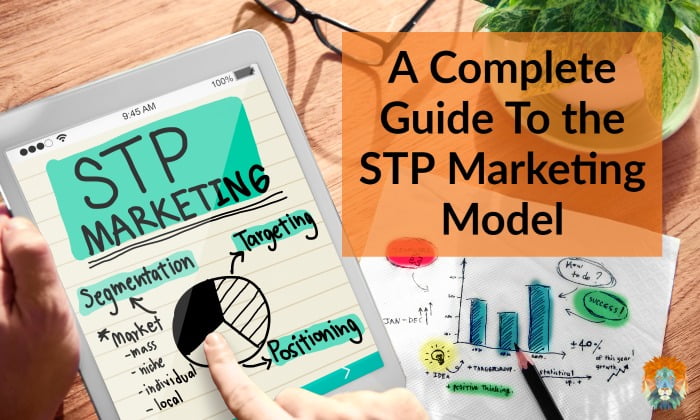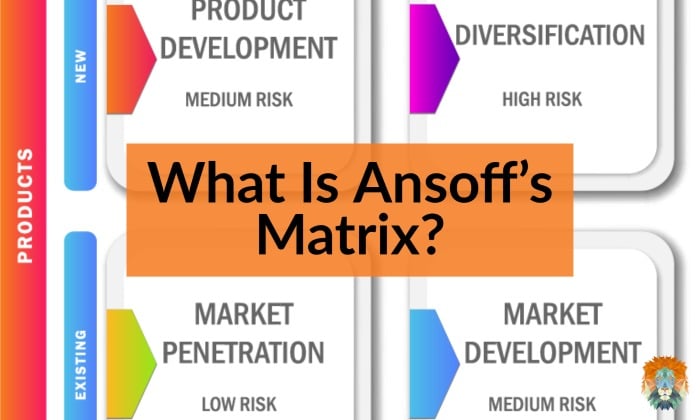The AIDA model is a powerful marketing framework that guides consumers through the stages of Attention, Interest, Desire, and Action. Developed in the late 19th century, it’s still widely used today to shape effective marketing strategies. You’ll capture attention with eye-catching visuals, build interest through storytelling, create desire with emotional appeals, and prompt action with clear calls-to-action. By implementing AIDA, you can potentially increase conversion rates by up to 40%. The model adapts well to modern digital marketing, integrating AI for personalisation and optimisation. Understanding AIDA’s components and applying them strategically can significantly enhance your marketing efforts across various platforms and industries.
What is the AIDA model?
The AIDA model breaks down the consumer journey into four key stages: Attention, Interest, Desire, and Action. This foundational framework, developed by Elias St. Elmo Lewis in 1898, continues to shape marketing communication strategies today. It guides marketers in understanding consumer behaviour and crafting effective campaigns that resonate with their target audience.
Much like SEO best practices, the AIDA model helps businesses optimise their marketing efforts and improve their visibility to potential customers.
At each stage of the AIDA model, marketers focus on specific aspects of the customer journey. First, they capture attention with engaging content that stands out in a crowded marketplace. Next, they generate interest through storytelling and highlighting product benefits.
The third stage involves creating desire by forging emotional connections and demonstrating value. Finally, marketers prompt action with clear, compelling calls to action (CTAs) that encourage consumers to make a purchase or take the next step.
While originally conceived as a linear process, the AIDA model has adapted to accommodate the complexities of modern digital marketing. It remains a valuable tool for optimising marketing efforts across various industries, helping businesses effectively guide potential customers through their decision-making process.

History and Origins of the AIDA Model
Tracing the roots of the AIDA model takes us back to the late 19th century, when the advertising landscape was undergoing significant changes. In 1898, American advertising advocate Elias St. Elmo Lewis developed the AIDA marketing model as a framework to enhance sales calls and marketing strategies. This model, which stands for Attention, Interest, Desire, and Action, emerged during a time of rapid technological advancement, including the rise of automobiles.
The term “AIDA” first appeared in print in the 1921 edition of Printers Ink magazine, where it was conceptualised as a scale to measure advertising effectiveness. Since then, the AIDA model has been widely recognised and adopted in various marketing disciplines for over a century. Its enduring significance lies in its ability to help marketers understand consumer behaviour and guide their practices.
Despite critiques regarding its linearity, the AIDA model continues to influence modern marketing strategies. It has adapted to incorporate insights from advancements in consumer psychology and digital marketing, proving its relevance in today’s evolving marketplace.
The model’s longevity showcases its fundamental importance in shaping effective marketing approaches.
What does AIDA stand for?
At its core, AIDA stands for Attention, Interest, Desire, and Action. These four stages represent the consumer decision-making process in marketing, guiding potential customers from initial awareness to final purchase.
The AIDA model, developed by Elias St. Elmo Lewis in 1898, remains a fundamental framework for crafting effective marketing strategies.
Each component of AIDA plays a crucial role in the consumer journey:
- Attention: Capture the audience’s notice and spark curiosity
- Interest: Engage consumers and pique their interest in your product or service
- Desire: Create an emotional connection and cultivate a strong want for your offering
- Action: Prompt the consumer to take the final step and make a purchase
How to use the AIDA model
To effectively use the AIDA model, you’ll need to focus on each stage: Attention, Interest, Desire, and Action.
Start by grabbing your audience’s attention with eye-catching visuals or compelling headlines.
Then, pique their interest by highlighting your product’s unique features.
Attention
The Attention phase of the AIDA model kicks off the marketing journey by focusing on capturing consumer awareness. With an average attention span of just 8 seconds, it’s crucial to implement eye-catching advertising strategies that immediately grab your target audience’s attention.
To stand out in a crowded marketplace, utilise bold graphics, unique messaging, and compelling headlines that resonate with your audience’s interests and needs. Digital engagement is essential for brand interaction, making it vital to create visually appealing content that catches the eye quickly.
Leverage social media platforms and targeted PR campaigns to enhance your reach and visibility. By analysing customer demographics and preferences, you can tailor your attention-grabbing tactics to ensure your marketing campaign aligns with your audience’s interests.
Incorporating humour or emotional appeal in your content can effectively pique interest and draw attention, as consumers are more likely to engage with relatable material.
To evoke emotion in your audience, consider these attention-grabbing techniques:
- Use striking visuals that tell a story at a glance
- Create urgency with time-limited offers or exclusive content
- Pose thought-provoking questions that challenge assumptions
Interest
Intrigue drives the Interest phase of the AIDA model, where you’ll focus on sustaining the attention you’ve captured. During this interest stage, you’ll provide in-depth information about your product or service, using storytelling and relatable content to engage potential customers. Showcase your unique selling propositions (USPs) and utilise interactive content to generate interest.
To maintain engagement, consider implementing the following strategies:
| Technique | Purpose | Example |
| Visual content | Pique curiosity | Product demonstrations |
| Personalised marketing | Enhance relevance | Targeted promotions |
| Regular communication | Maintain interest | Newsletters, social media |
Employ engaging visuals and compelling product demonstrations to encourage further exploration. Utilise newsletters, brochures, and social media interactions to keep your audience informed and interested. Addressing their needs through genuine storytelling’ll transform initial interest into a stronger desire for your offering.
Desire
Having captured the attention and sparked interest, your next challenge is transforming that interest into genuine desire. This crucial stage in the AIDA model focuses on creating an emotional connection between your audience and your product or service.
To evoke desire, emphasise the benefits that align with your customers’ personal aspirations and needs. Effective marketing strategies for law firms often involve creating campaigns that resonate with ideal clients and promote brand equity. This approach can be particularly powerful in the legal sector, where trust and credibility are paramount.
Utilise testimonials, case studies, and social proof to build trust and credibility, as these elements significantly enhance conversion rates.
To create urgency and excitement:
- Organise exclusive events or limited-time offers
- Highlight the gap between current state and desired outcomes
- Craft compelling stories that resonate with your audience‘s values
Action
Inspiring action marks the culmination of the AIDA model, where all your previous efforts converge to prompt your audience to take the desired step. To maximise your success in this crucial phase, focus on creating clear and compelling calls to action (CTAs). Studies show that using strong, action-oriented language can boost conversion rates by up to 30%.
Simplify your purchasing process by minimising the steps required to complete a transaction. This strategy alone can increase conversion rates by as much as 40%. Implement urgency tactics, such as limited-time offers or low-stock notifications, to leverage the fear of missing out (FOMO) and drive immediate action.
Position your CTAs prominently across digital platforms to ensure they’re easily accessible and visible to consumers. Consider the following placement strategies:
| Platform | CTA Placement |
| Website | Above the fold, sidebar |
| Blog Posts | End of article, within content |
| Emails | Top and bottom of message |
| Social Media | Bio section, post captions |
| Landing Pages | Multiple locations, sticky bar |
How to use AIDA with AI

By leveraging AI technologies, marketers can supercharge their AIDA model implementation. AI tools can analyse vast amounts of consumer data to identify effective, attention-grabbing elements, enhancing the first stage of the marketing funnel.
For the Interest phase, machine learning algorithms personalize content, tailoring messages to align with individual preferences and behaviors of potential customers. AI facilitates the Desire stage by showcasing relevant testimonials and case studies, leveraging predictive analytics to resonate with target audiences.
Digital marketing packages tailored to brand needs can further enhance the effectiveness of AI-driven AIDA strategies, incorporating elements like SEO-optimised content and PPC campaigns.
In the Action phase, AI-powered systems optimise purchasing, providing clear and compelling calls to action based on user data. By integrating AI with the AIDA model, marketers can continuously refine their content marketing strategies, adapting to real-time consumer insights and driving higher conversion rates.
To effectively use AIDA with AI:
- Embrace data-driven decision-making to craft compelling narratives
- Harness the power of personalisation to create meaningful connections
- Use predictive analytics to anticipate and address customer needs
Examples of the AIDA model in action
Numerous real-world examples demonstrate the AIDA model‘s effectiveness in modern marketing campaigns.
Apple’s product launches exemplify this approach, using striking visuals to attract attention, detailed presentations to generate interest, lifestyle enhancement messaging to create desire, and clear pre-order options to prompt action.
Nike’s “Just Do It” campaigns follow a similar pattern, leveraging powerful imagery and athlete stories to build brand awareness and drive purchases.
Coca-Cola’s holiday advertisements showcase the AIDA model through festive visuals, heartwarming storytelling, and promotions that encourage consumers to take action.
Amazon’s Prime Day strategy effectively guides customers through the purchase process, from attention-grabbing countdowns to simplified one-click buying options.
Dove’s skincare campaigns utilise relatable ads and educational content to capture interest, while real customer testimonials create desire for their products.
These examples highlight how diverse brands apply the AIDA model to engage consumers at each stage of their journey.
Tips for using the AIDA model in Digital Marketing

Adapting the AIDA model for digital marketing requires a strategic approach tailored to online platforms.
To capture attention, use eye-catching headlines and visuals in your digital ads, considering that users typically decide whether to engage with content within 8 seconds.
Implement personalised email campaigns that highlight your unique selling propositions to generate interest. This can increase open rates by up to 29%.
Create compelling social media content that tells relatable stories and showcases customer testimonials to foster interest and build emotional connections with prospects.
To enhance desire, promote time-sensitive offers and exclusivity, as limited-time promotions can boost conversion rates by 332%.
Finally, ensure clear and prominent calls to action (CTAs) across your digital platforms. Effective CTAs can increase clicks by 161%.
- Feel the excitement of exclusive, limited-time offers
- Experience the genuine satisfaction of real customer success stories
- Imagine the possibilities of transforming your business with our solutions
Conclusion
You’ve now comprehensively understood the AIDA model and its application in marketing. By implementing this powerful framework, you’ll be able to create more effective campaigns that guide your audience through the customer journey. Remember to adapt the model to your specific needs and combine it with other marketing strategies for optimal results. As you apply AIDA in your marketing efforts, you’ll likely see improved engagement, conversion rates, and overall campaign success.





0 Comments